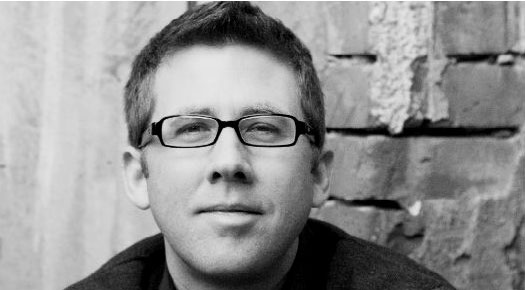
Religion researcher David Kinnaman recently found that as many as 38 percent of all Americans consider themselves churchless. “Churchless” is not only the new social category of Americans that Kinnaman has been studying, but it is also the name of his latest book. According to the findings of his book, as many as four in 10 people residing within the United States are post-Christian or “essentially secular in belief and practice.”
When interrogated, the “churchless” are likely to mark the “Christian” box on a survey sheet even though most of them have not seen the door of a church in years. Kinnaman, who is also the president of Barna Group, a California-based research organization, put these individuals into a new “churchless category” after having assessed their identities, beliefs and practices over 23,000 interviews and across 20 surveys.

The research carried out by Kinnaman took into account church attendance, participation in worship, views about God, Jesus and the Bible and several other factors to see if people are in fact tied to Christianity in a meaningful way or more out of habit and family history.
Ed Stetzer, president of LifeWay Research, once referred to nominals — people attached by name only — as “survey Christians.”
“They don’t want to cut ties with their parents or go all the way to atheism so they just say ‘Christian’ since it is the default category from their heritage,” Stetzer said.
Kinnaman now has numbers to back up Stetzer’s claim.
“We are far from becoming an atheist nation,” he said. “There are tens of millions of active believers in America today. But the wall between the churched and the churchless is growing higher and more impenetrable as more people have no muscle memory of what it means to be a regular attender at a house of worship.”
According to Kinnaman, the way in which people think, pray and use their time today is shifting away from faith-based practices, which is why a secular or churchless worldview is becoming more prevalent. As a result, when political scientists study election results, they may realize that church attendance is actually less and less useful for evaluating or determining the average American’s cultural and social attitude. A spillover impact can be expected only when an individual is surrounded by people of strong faith, not otherwise.
Stephen Mockabee, associate professor of political science at University of Cincinnati, has drawn a parallel between church attendance and medication.
“It’s not only the drug but also the dose that matters,” he said.
Kinnaman believes that the churchless come in various tribes. Thirty-two percent or a third of them still call themselves Christian and admit to believing in God but their connections are not as convincing. He refers to this tribe as “Christianized but not very active.” Twenty-seven percent of them reportedly belong to other faith groups like Islam or Judaism and they identify themselves as spiritual but not religious. Twenty-five percent of churchless individuals are self-identified as agnostics or atheists. Kinnaman refers to this tribe as “skeptics” and has numbers that prove the percentage of women in this group has risen from 16 percent in 1993 to 43 percent in 2014. He believes this group is highly educated, growing more mainstream and likely to stay. Lastly, 16 percent of churchless people are actually Christians – individuals who share a committed relationship with Christ – but they do not go to church any longer.
Kinnaman’s predictions suggest the younger a generation gets, the more post-Christian it will be. Below are the numbers from his study that point towards the same:
- Millennials (born between 1984 and 2002) — 48 percent
- Gen X-ers (born between 1965 and 1983) — 40 percent
- Boomers (born between 1946 and 1964) — 35 percent
- Elders (born in 1945 or earlier) — 28 percent
Photo Credits: Bill Dahl
